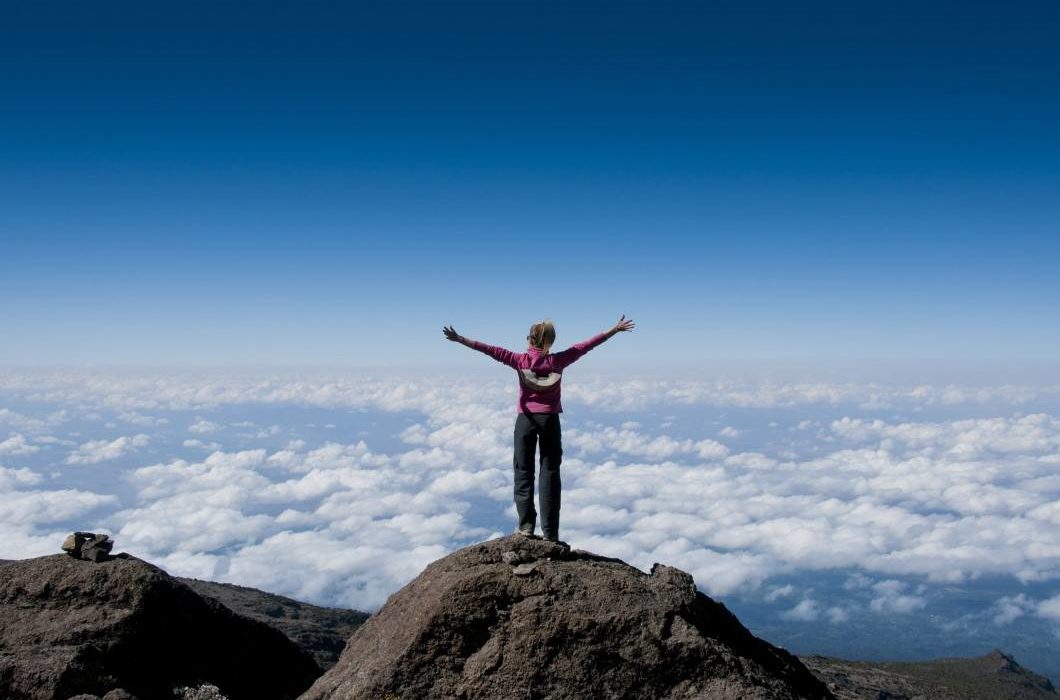
You might also like:
Will the ascent of Kilimanjaro soon be within everyone’s reach, via the country introduces a cable car? This is one of the ways the government plans to attract more visitors for Tanzanian tourism.
The highest peak on the African continent is one of the jewels of Tanzanian tourism. Every year, 50,000 hikers from all over the world come to make this ascent, which leads the most persevering to an altitude of 5,985 meters. With the new Kilimanjaro cable car, the government hopes to increase ridership by 50%, according to projections provided by the Minister of Tourism. The itinerary has not yet been decided. The Machame route, the most popular and spectacular one, appears to be the most likely route. It would not reach the summit but only the Shira plateau, at 3,900 meters. By foot, this route takes a good day’s walk.
Will those who live in the mountains benefit from the economic advantages of Kilimanjaro the cable car?
For the time being, they mainly feel that they will be the big losers. The carriers are the most worried. Instead of taking a week to climb, tourists could stay only a handful of hours on site, time to make a few selfies and then leave. This innovation could, therefore, deprive investors of a large part of their income. However, this activity supports 250,000 families around Kilimanjaro and Meru. The president of their association estimates that an American hiker provides work for about fifteen people, thirteen porters plus a guide and a cook. Tour operators, as well, are cautious. Shorter stays mean fewer nights in the region and therefore smaller income.
The Minister of Tourism delays and explains that the cable car is not intended for trekkers but rather for all those who want to discover this mythical summit without having the physical condition required for such an adventure. So it is indeed new visitors who are being sought. Tanzania dreams of replicating the success of the South African cable car from Table Mountain in Cape Town that will soon be 100 years old. The Tanzanian project is not entirely new. According to one of the officials of the Tour Operators Association, a French cable transport company proposed it at the end of the 1960s, and it had been retooled because it was considered contrary to the interests of local companies.

Two foreign companies are interested in realizing the project. One is Chinese and the other American. The latter would have already made an agreement with a local company to win the contract. This information angers Tanzanians because the Tourism Code stipulates that only all-Tanzanian companies have the right to exploit national parks and their treasures. To calm the controversy, the government assures that nothing has yet been decided. Studies on environmental, social and economic impacts are underway.
This cable car is part of a major infrastructure investment plan to promote national parks and Tanzanian tourism as such. Roads, aerodromes, hotels must be built to expand the offer. Foreign visitors are increasingly coming to Tanzania. Tourism revenues increased by 7% last year. They amount to $2.4 billion for 2018 and are one of Tanzania’s main sources of foreign exchange.
Source: tourism-review.com
